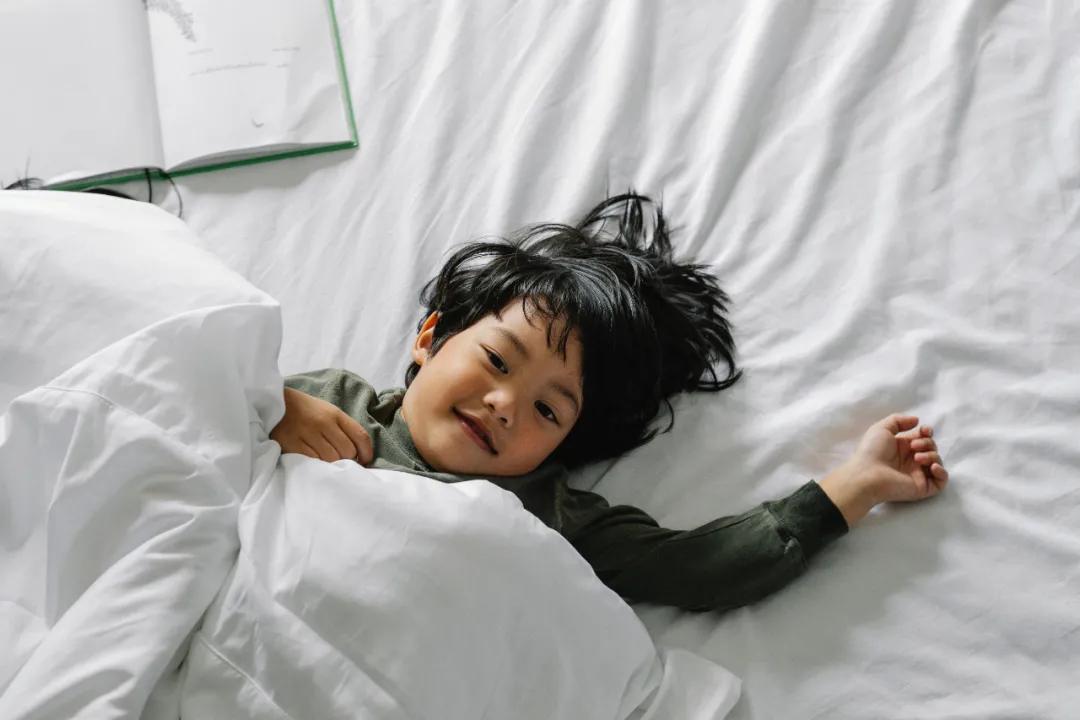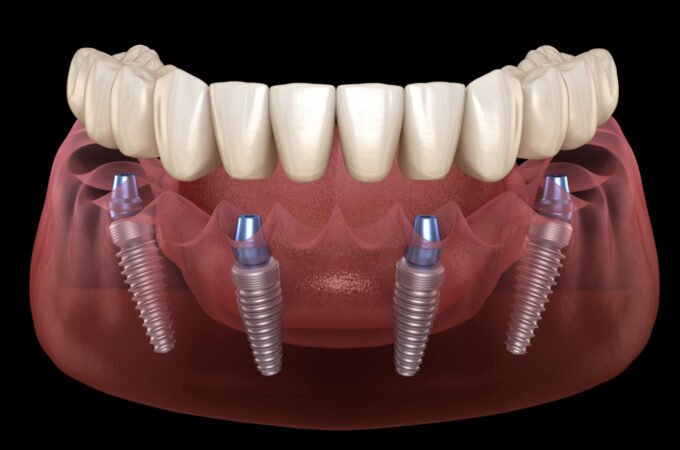
Selecting Mattresses for Kids: A Comprehensive Guide
You might think that the only thing to consider when selecting a mattress for your child would be the size. Nevertheless, in reality, there are many factors that you should take into account to ensure the best sleep for your child.
Although size matters a lot when it comes to kid’s mattresses, the quality of sleep your little one gets depends on other things. And that quality of sleep will affect you and your child in more ways than you would expect.
A mattress is an investment, and just like any investment, you want to be careful before deciding to go ahead with it.
But why do you need to be careful? And what do you need to know? What should you look for in a mattress?
This article answers those questions for you!
Why Can’t You Just Buy Any Mattress?
As we’ve discussed earlier, a mattress is an investment. Not just for you but also your child.
Younger children need an average of 10-14 hours of sleep a day. This is crucial because not only during sleep do their bodies recover, but also it’s the time when the brain processes and reconciles the things it’s learned that day.
The more comfortable they are as they sleep, the more restful and productive they will be. (And the less likely they’ll be to wake up and disturb you!)
So while you could just buy any mattress, buying a mattress that suits your little one’s needs is going to improve their overall quality of life.

What Do You Need To Consider?
Mattresses are expensive, and on average, one lasts around ten years. That’s why you need to know if what you’re buying is going to suit you and your kid.
There is a variety of mattresses in the market: spring, memory foam, latex, hybrids, gel, to name a few. And all of them have different benefits.
To know what to buy, you need to consider a couple of things about mattresses:
Budget:
Budget is, of course, the most important factor to consider. The price of a mattress is determined by its size, quality, material, durability, and whatnot.
A pricier mattress may last longer, which might be better value for your money, especially if the mattress you buy is used by multiple children.
Size:
Small children take very little time to stop being small; as such, you want to think about what size bed and mattress to get. A twin is good for space-saving and cost-effectiveness, while a twin XL will give your child room to grow.
Other size options include full, queen, and king; however, those are not usually given to children.
Material:
There’s plenty of material options in the market now. Memory foam, innerspring, hybrids, latex foam, to name a few. And they all have their good points. The best option here is to think for the future and let your child try.
These are the main things to know about mattresses themselves. But there are also things you should consider about your kids like:
Age:
Children under the age of three should be in cribs. Three and above will be in beds. If your child is going through a growth spurt, you might want a twin XL or a double, so they can have room to grow.
A mattress that distributes weight more evenly, like memory foam, might even help ease growing pains that your child will experience.

Sleeping position:
Is your child a side sleeper, or do they sleep on their back? Side sleepers tend to prefer memory foam as they’re softer and allow areas like hips and shoulders to sink in.
Weight:
A person’s weight affects the way that a mattress feels to them. Someone heavier would sink further into a mattress and, as such, may perceive it as softer, while the opposite is true for someone lighter.
Weight also affects, for side sleepers, the amount of pressure that they feel on their shoulders or hips. A softer mattress would reduce that pressure.
Allergies:
Go with a hypoallergenic mattress – you want cleanliness and to reduce allergies for your child.
Temperature:
If your child gets hot easily or has trouble sleeping or staying asleep because of heat, they might prefer a cooling gel layer with the kid’s memory foam mattress.
The number of children:
How many kids do you have, and how far apart in age are they? Investing in a quality mattress could mean that several kids could grow with it without compromising on the comfort of the younger ones.
Durability:
Children are rowdy. They like to jump around on things they shouldn’t be jumping around on. You want a mattress that can handle that kind of wear and tear, like memory foam.
There are, of course, other things you should consider, like bedwetting for example (although that is a problem that can be dealt with by using waterproof bed covers until the child grows out of that phase) but, otherwise the above is enough information to get you on the right track.
Also, be sure to try out a mattress before buying it. Take your kids with you and when selecting a mattress, have the respective child lay on it for about 10 minutes.
Conclusion:
A kid’s mattress is an investment that should be given careful consideration. It affects your child’s development, and therefore careful consideration is most certainly needed.




